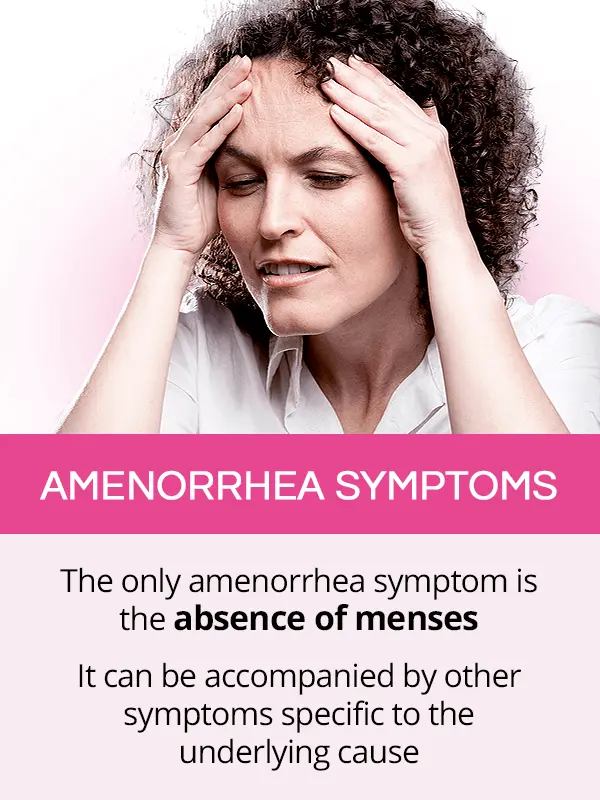Can Amenorrhea be Cured?
Sometimes
Treatable when the underlying cause is identified and addressed; outcomes vary based on the specific condition and individual factors

What is Amenorrhea?
Amenorrhea refers to the absence of menstrual periods in women of reproductive age. It can be caused by various factors, including hormonal imbalances, stress, or underlying medical conditions. Treatment depends on the underlying cause and may involve lifestyle changes, medications, or hormonal therapy.

Clinical Aspects

Characteristics
Absence of menstrual periods in women of reproductive age

Symptoms
Absence of menstrual periods; primary amenorrhea (never started menstruating) or secondary amenorrhea (stopped menstruating)

Diagnosis
Clinical examination, blood tests

Prognosis
Variable; depends on the underlying cause and response to treatment

Complications
Infertility, increased risk of certain health issues
Etiology and Treatment

Causes
Various causes, including hormonal imbalances, pregnancy, stress, medical conditions

Treatments
Treatment depends on the underlying cause (e.g., hormonal therapy, lifestyle changes, addressing medical conditions)

Prevention
Treatment depends on the underlying cause (e.g., hormonal therapy, lifestyle changes, addressing medical conditions)
Public Health and Patient Perspectives

Epidemiology
Can result from various factors, including hormonal imbalances

Patient Perspectives
Individualized care based on the underlying cause is crucial
Remember, the information provided here is intended for general knowledge purposes and may not apply to every individual case. To ensure you have accurate information relevant to your specific situation, always consult with a healthcare professional.
Share: